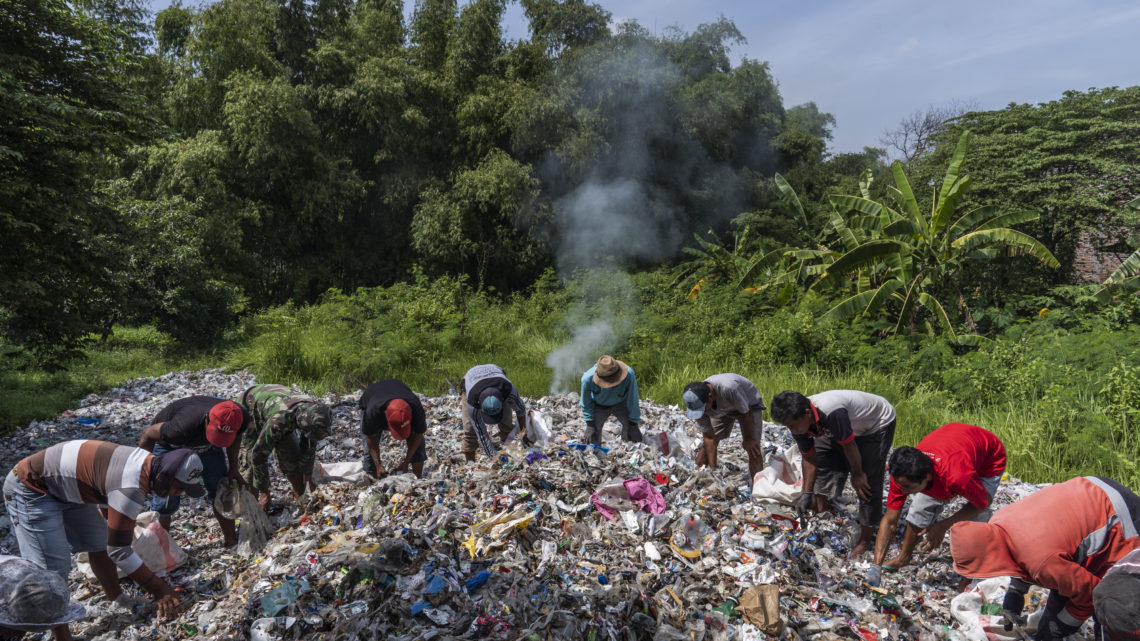
New research exposes a crisis in the global trade of “recyclable” plastics
May 8, 2019Water contamination, crop death, illness, and the open burning of plastic waste have all flooded into Southeast Asia along with the world’s “recycled” plastics, according to a report by GAIA (Global Alliance for Incinerator Alternatives) with data analysis on the global waste trade from Greenpeace East Asia.
“Plastic waste from industrialised countries is literally engulfing communities in Southeast Asia, transforming what were once clean and thriving places into toxic dumpsites. It is the height of injustice that countries and communities with less capacity and resources to deal with plastic pollution are being targeted as escape valves for the throwaway plastic generated by industrialised countries,” said Von Hernandez, the global coordinator of the Break Free from Plastic movement.
To measure changes to the flow of ‘recyclable’ plastic waste before and after China’s 2018 foreign waste import ban, Greenpeace East Asia collated import-export data from the 21 top exporters — with USA, UK, Germany, and Japan at the top — and 21 top importers of plastics scraps.
Meanwhile, GAIA’s field investigations in Indonesia, Malaysia, and Thailand detailed illegal recycling operations and crime syndicates, open burning, water contamination, crop death, and a rise of illness tied to environmental pollution that has led citizens to protest and governments to rush in restrictions to protect their borders, many following China’s lead with import bans.
Data indicates that Southeast Asia’s current plastics crisis is the pinnacle of a global experience, with waste piling up globally and domestically for all countries involved, even former exporters. Across the board, plastic waste exports dropped almost 50%, from 12.5 million tons in 2016 to 5.8 million tons in 2018 (available data from January to November 2018). Because plastic manufacturing is projected to rise, this drop in exports in part means ‘recyclable’ plastics will continue to stockpile or head for improper disposal at home. [Note 1]
But even the export of this waste doesn’t ensure proper disposal. Today, exports make their way into any country without adequate regulation to protect itself. North Sumengko, Indonesia, for example, turned into an international dumping ground almost overnight, and GAIA’s field investigation found trash piled two meters high, makeshift dumps, and open burning in the farming community.
This process will continue until decisive action is taken. After China’s import ban, waste flooded into Malaysia, Vietnam, and Thailand, who quickly set up import restrictions. Then, exports overflowed into Indonesia, India, and Turkey.
“Once one country regulates plastic waste imports, it floods into the next un-regulated destination. When that country regulates, the exports move to the next one. It’s a predatory system, but it’s also increasingly
inefficient. Each new iteration shows more and more plastic going off grid — where we can’t see what’s done with it — and that’s unacceptable,” said Kate Lin, a senior campaigner with Greenpeace East Asia.
